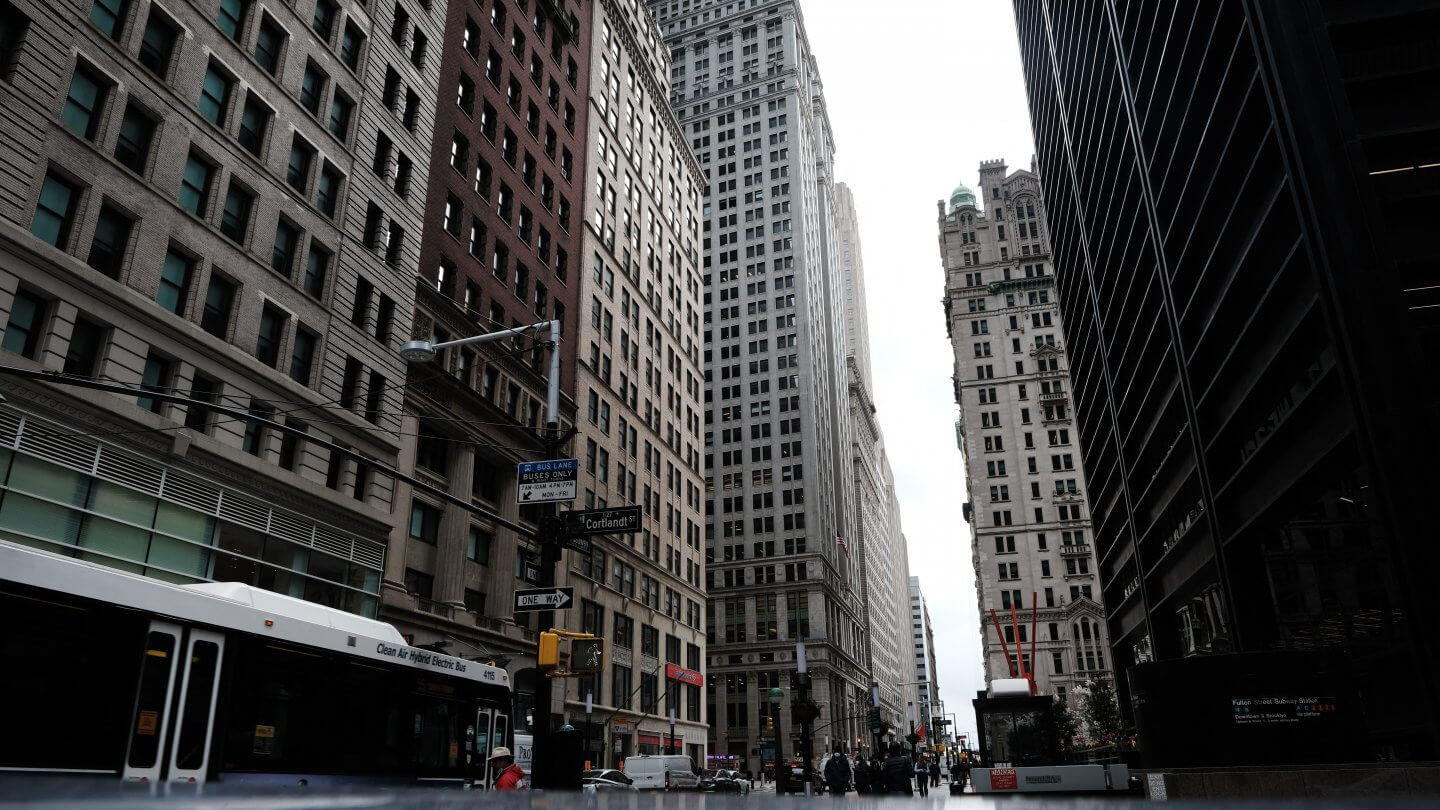Providing the Tenant Experiences Demanded Post-COVID
The eventual shape of new working practices has yet to settle at the time of this article’s writing, but a few trends are already appearing. Primary among those trends going forward is a desire for flexibility — a significant requirement of tenants for their commercial landlords. Perhaps that’s not surprising as companies have been through an enforced trial and adoption of new working models for their office staff and are now looking for commercial real estate that reflects their new needs.
Many UK companies expect to continue supporting employees who work from home at least to some extent in the medium to long terms, yet there is still a great deal of water-testing. Landlords providing suitably flexible facilities is a sudden priority.
However, a new report from Verdantix shows a significant schism in understanding and perceptions between landlords and what tenants consider to be modern and flexible provisions. There are also serious mismatches between ideas of what comprises technologically-equipped premises, with technology seen as empowering the elastic and scalable provision of space and facilities.
What becomes apparent as a thread that runs through the report (available here) is that closing the rift between tenant experience and landlord provisions can be achieved relatively easily by use of the right technology — and, as is always the case, some shift in approach and attitude to the issue.
Providing tenants with the services, facilities, and flexibility demanded can be achieved by careful integration of software and technology that delivers great in-building experiences. These might comprise building management systems, IoT-powered door entry hardware, meeting room access control, digital signage, lighting, and air conditioning automation. Tenants also need powerful self-service capabilities and management dashboards for oversight and control. For landlords, staying on top of occupier requirements requires actionable insight into patterns of space usage, access habits, and where there are peaks in demand or portfolio assets being unused.
The equation is essentially a simple one. Happier tenants are those that can use their space in ways that are convenient and are provided with the right facilities. That provision produces longer tenancies and higher occupancy rates across the entire portfolio. When provision meets the expected tenant experience, both parties will benefit.
However, the Verdantix report shows that only 13% of tenants felt their landlord could meet their requirements for the new working paradigm.
Bringing it all together
Today’s technology-savvy companies and organizations are used to ordering and using digital services daily. The essensys Flex Services Platform provides the software and digital infrastructure needed to deliver next-generation flexible workspace experiences. From simpler setup of spaces to effective day-to-day operations, everything is powered by a resilient digital infrastructure and designed to transform the occupier experience.
Tenant self-service creates the kind of user experience that fits organizations’ new working patterns. Self-service facilities allow users to view, book, pay for and access spaces, meeting rooms and other amenities in real-time, all from their mobile device. Users and guest access to Wi-Fi can be quickly administered through an easy-to-use interface. Billing is automated thanks to a single, fully-integrated platform, and the resilient digital infrastructure ensures the always-on experience tenants expect.
For building supervisors and portfolio managers, simplified space configuration makes it quicker for occupiers to move in and easier to adapt the offering to meet changing tenant needs. For example, instead of manually granting access on an individual basis (a practice becoming untenable in today’s more flexible office environment), simply adding a user to a particular company automatically grants access to the doors they need while using the space. Through streamlined and automated processes, complexity and administration is reduced which frees up time for staff to focus on tenants. It also means the entire platform can be managed by non-technical staff, and connectivity services aren’t reliant on third parties.
Flex Services Platform is built on a digital infrastructure foundation that delivers secure and resilient services configured and managed through the same platform. The private network and cloud infrastructure provides superfast connectivity, secure Wi-Fi & voice, and private peering with leading cloud services providers such as Google, Dropbox, Microsoft and Zoom, meaning over half of tenants’ network traffic doesn’t touch the internet — that’s an added security bonus for facilities users.
Beyond connectivity, the digital infrastructure unlocks the mobile-first and on-demand experiences occupiers are looking for, gives the insight to stay ahead of market changes and takes full advantage of flexible workspace opportunities.
In a future article here on Tech HQ, we’ll look in more detail at essensys’ Flex Services Platform. We’ll take a deeper dive into the management side of the platform and its data presentation layers that give building owners and managers the insights that allow a full optimization of available real estate.
essensys is helping some of the world’s largest property companies create the tenant experiences demanded today. As the working paradigm settles into a more flexible, ad hoc arrangement between employers and employees, Flex Services Platform adapts and creates these experiences, saving costs, increasing occupancy rates, and driving growth for landlords and commercial real estate companies.
To find out how your portfolio of facilities can provide premium in-office experiences, get in touch with a representative to see a Flex Services Platform demo.









